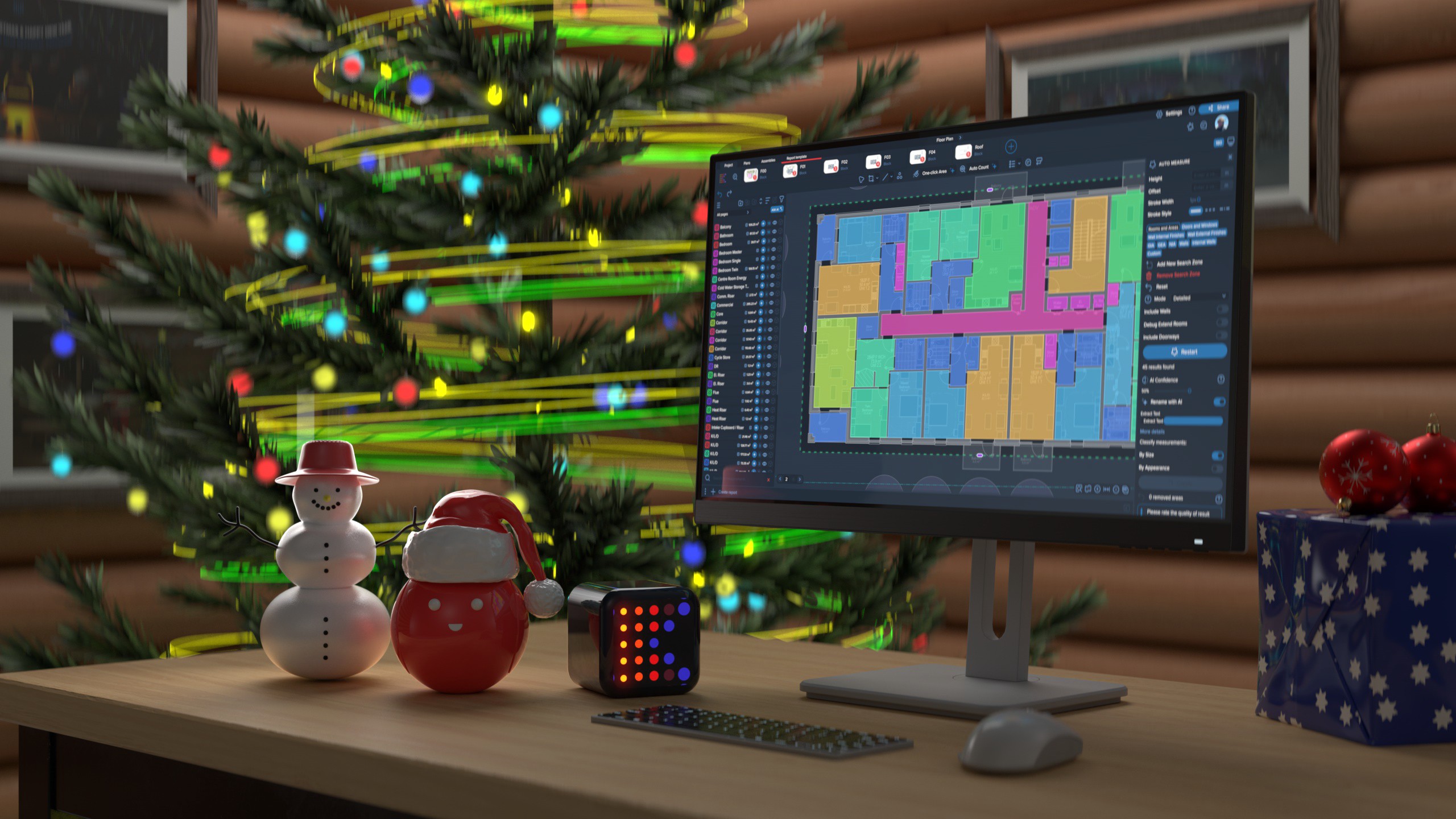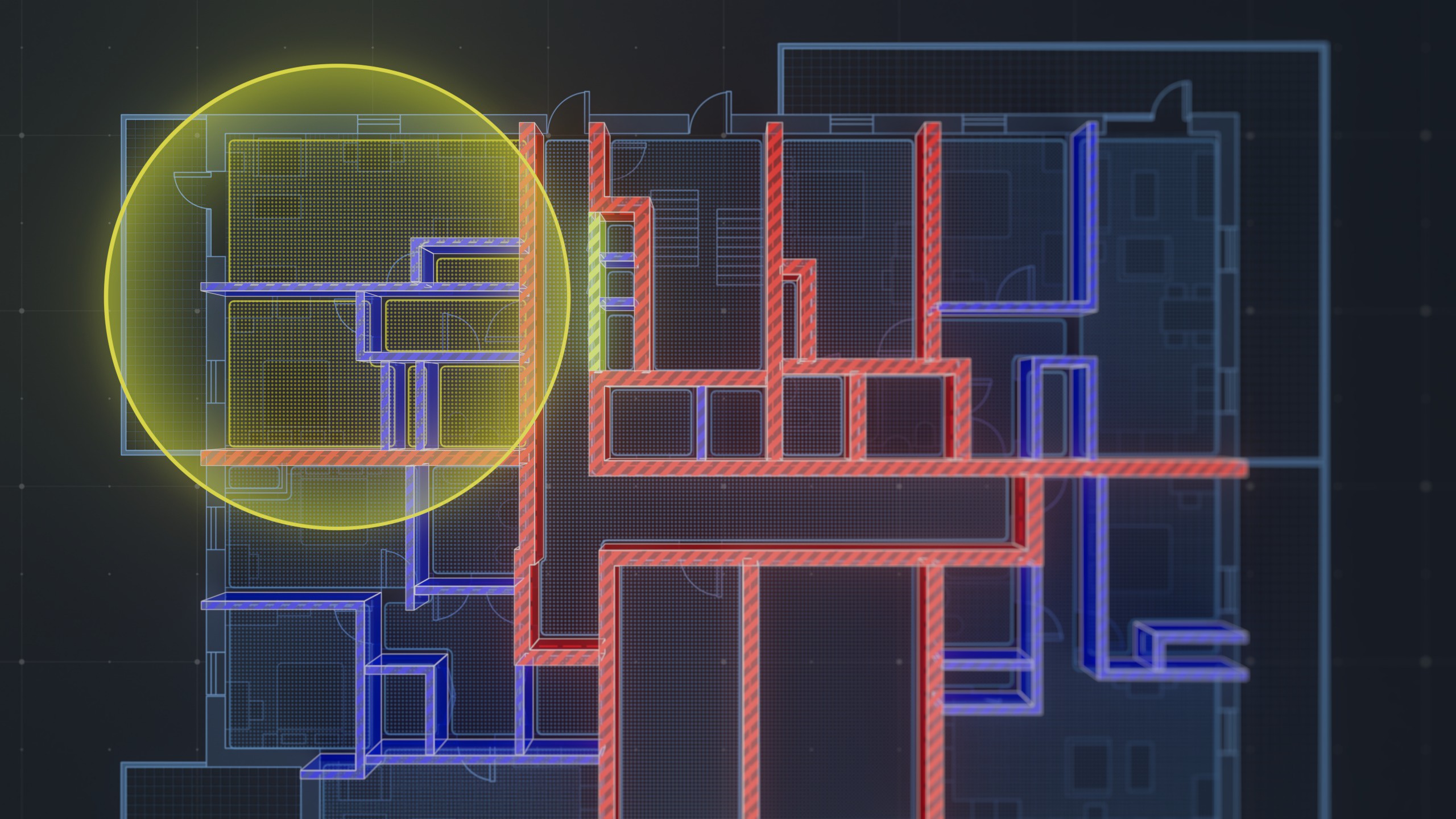The Internet of Things (IoT) relies on connected sensors and embedded systems to collect data and control devices remotely. IoT devices include smart appliances, autonomous safety systems on cars, and remote sensors that monitor manufacturing equipment.
The use of connected devices will continue to expand. In 2023, there were 15.41 billion IoT devices, worldwide. That figure will rise to 29.42 billion by 2030 and the construction industry is one area seeing rapid growth. The IoT market for the construction industry is expected to nearly quadruple in value by 2031.
An increasing number of uses for IoT is driving this growth. Connected sensors can tell the location of people or equipment, monitor security, collect data on job site conditions, and automate inspections.
Here’s a deeper look at the Internet of Things in construction.
What Is the Internet of Things?
IoT consists of physical devices with computer hardware. The onboard systems communicate with other devices or computers and collect data. Some devices can receive directions from computers to take specific actions like shutting down equipment or sounding an alarm. For instance, workers in the construction industry can use GPS devices mounted on equipment. These can communicate the equipment’s real-time location to construction managers, helping them streamline resource management.
Construction companies can connect all devices to a central platform for data analysis and resource management. Faster speed connections, like 5G, enable more data-intensive processes like remote inspections using drones and augmented reality (AR) guides for technicians working on projects.
IoT Devices
A wide range of IoT devices are important in the construction industry. Here are some common IoT sensors and controllers in the industry:
- Wearable sensors allow managers to track workers for safety and productivity.
- GPS trackers communicate the location of equipment and vehicles.
- Embedded sensors can track equipment performance for efficiency improvements and predictive maintenance.
- Materials tracking is possible with smart labels that provide location and quantity data.
Cameras placed around the site or mounted on drones can help with monitoring and inspections, even if the inspector is in another location.
IoT in Project Management for Construction
IoT enhances project management by allowing automated tracking of workflow, resources, and labor. With insights from the job site and supply chain, project managers can see every factor affecting construction. They can find potential bottlenecks or receive early warnings about delays due to materials shortages or dependencies.
Also, since IoT provides real-time data, managers can respond quickly to updates, either making adjustments or confirming timelines as needed.
Further Supporting Technology
Contractors and construction managers can pair IoT devices with other technologies to streamline operations and get the most value out of their embedded systems and sensors.
- Data analytics platforms can organize and visualize data from IoT devices. You can use these insights to improve construction operations and assess performance.
- BIM software can use data from sensors to update construction information as the project progresses.
- Takeoff software can provide information for materials tracking using smart labels. Measurement software can also assist with planning for the placement of IoT devices on construction sites.
Cloud-based platforms ensure easy access to IoT data and other important information like plans and measurements. This connectivity helps managers and stakeholders obtain necessary information whether they are on the job site or in a remote location.
Benefits of IoT in Construction
IoT devices help improve construction operations in several important ways. Here are some of the advantages gained from deploying IoT devices in your construction operations:
- Better safety practices: Make work sites safer by using IoT sensors to monitor access and track workers. The tracking can also allow for immediate response in an emergency.
- Improved workflow management: With real-time data from sensors, you can adjust operations to maximize efficiency and resources. IoT-informed operational optimizations can cut labor costs by up to 14.2%.
- Reduced downtime: Better resource management and equipment monitoring can reduce delays by ensuring equipment is well-maintained and monitoring workers and equipment to predict delays before they occur.
Also, the information collected from IoT sensors can provide insights to help with decision-making and assess performance during construction.
Potential Challenges of IoT in Construction
IoT devices can bring cost, efficiency, and safety benefits. However, they also open the door to potential problems. Here are the most common pitfalls to consider before deploying devices.
- Interoperability problems could make it impossible to integrate IoT devices with your existing project management or analytics software.
- Training requirements could add to the costs and deployment time if tradespeople who use the IoT systems are not familiar with them.
- Data privacy issues could arise if IoT devices are not properly secured. Hackers increasingly target IoT devices because their security systems are not as robust as computers, phones, or other devices.
Upgrading software systems, training employees in the use of IoT devices and data, and ensuring robust cybersecurity can help you avoid the problems associated with using IoT.
Examples of IoT in Construction
IoT can help automate processes, collect data, and enhance monitoring. Here are some examples of how construction teams use IoT to achieve these aims on job sites.
- Concrete sensors can streamline the curing process. Sensors can measure moisture and hardness in the concrete and tell an automated system to spray water if the material dries too quickly.
- Security monitoring systems can detect unauthorized access using motion sensors or cameras.
- Radio tags or computer vision systems can count construction materials and match them to estimates from takeoff software for contractors.
IoT can also help with inspections. For instance, drones with cameras or sensors can inspect work to ensure quality and compliance with safety standards.
Best Practices for Implementing IoT in Construction
IoT devices can enhance efficiency and safety. However, these benefits are only possible if sensors are deployed in the correct places and connected to software offering relevant monitoring and insights.
Here are the best practices for getting the most value out of IoT in construction:
- Define goals to achieve through IoT deployment and choose indicators to measure whether the devices help you reach these aims.
- Consider factors like interoperability and reliability when choosing IoT solutions. You should also assess factors like environment and work site conditions when choosing suitable devices.
- Offer training to tradespeople, managers, and decision-makers who will use the IoT systems and the data they produce during the project.
Finally, include the placement of sensors and devices in your construction plans to maximize the accuracy and usefulness of the data they collect.
Digital Transformation in Construction
Digital transformation is the process of integrating technology to improve business processes. In the construction industry, this means using tools like AI-enhanced takeoff software for the construction industry, or cloud-based building information modeling (BIM) platforms.
IoT devices can help with digital transformation by allowing software construction companies to access real-time data. The information allows faster, more accurate insights and better management.
Digital transformation also allows for the automation of time-consuming tasks. For instance, framing or flooring estimate software can perform the measurements and calculations that contractors would otherwise have to do by hand.
Future Outlook
Companies will be able to use artificial intelligence (AI) tools to get more value out of IoT systems. AI tools can analyze data more quickly and accurately than humans. This could lead to new insights in areas like equipment efficiency and materials performance. It could also make mistake-free calculations for construction takeoff estimates.
Also, IoT will drive automation. Automated processes can streamline everything from cost estimation and quantity surveying to labor scheduling and materials ordering.
The Internet of Things can help construction companies streamline operations and monitor materials, equipment, and employees. IoT sensors can help improve quality and safety. Also, they can provide data that leads to insights on performance and ideas for process improvements.




.png)